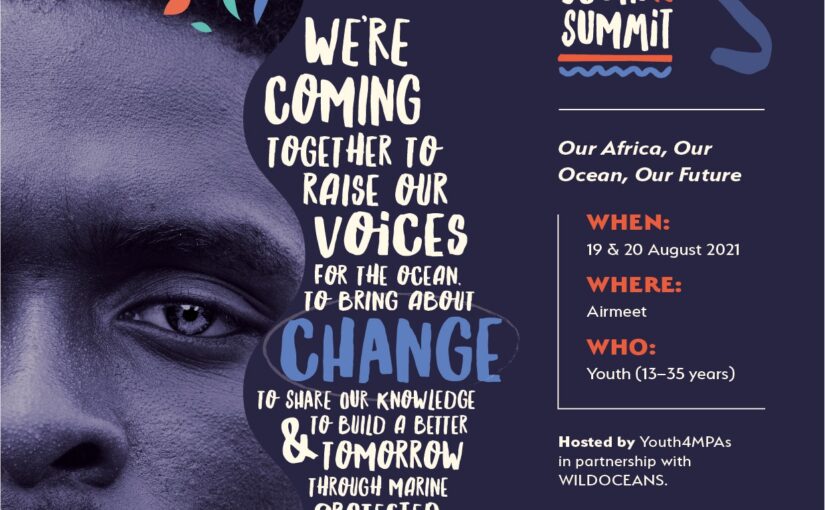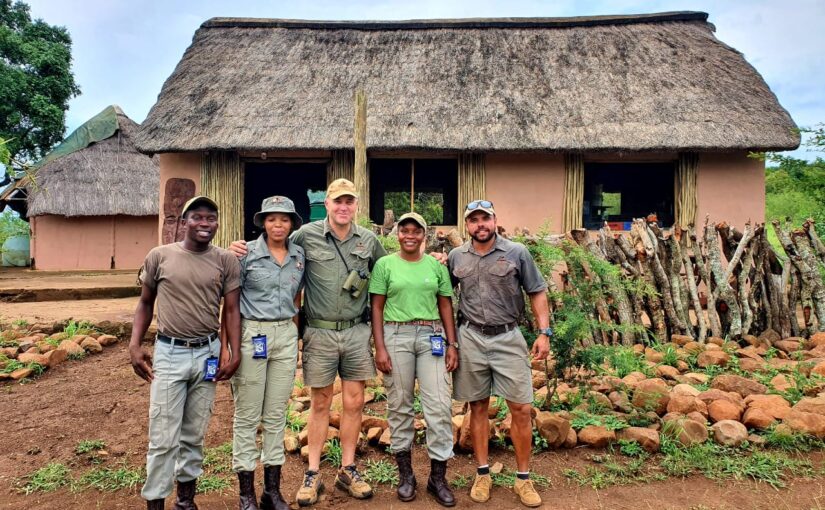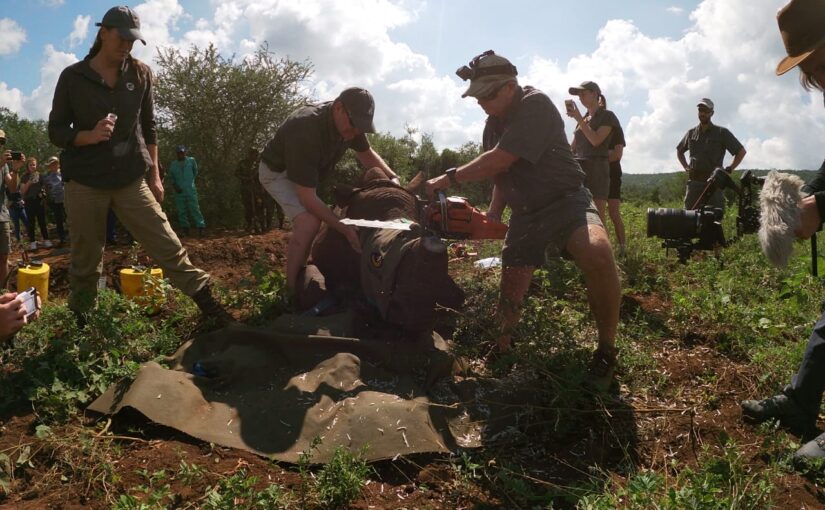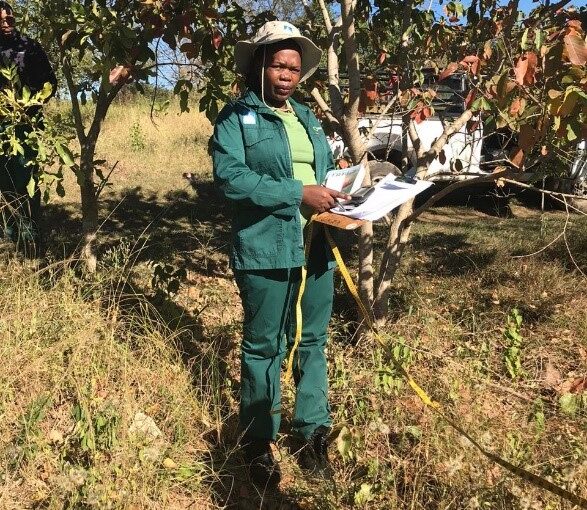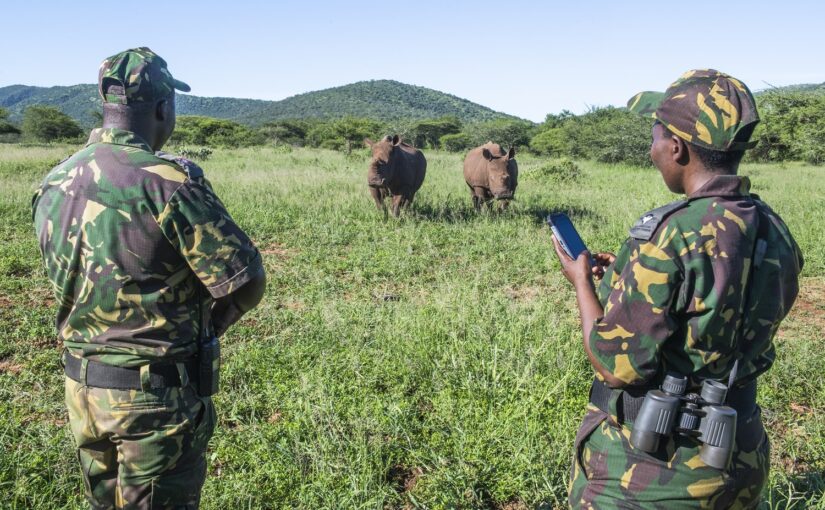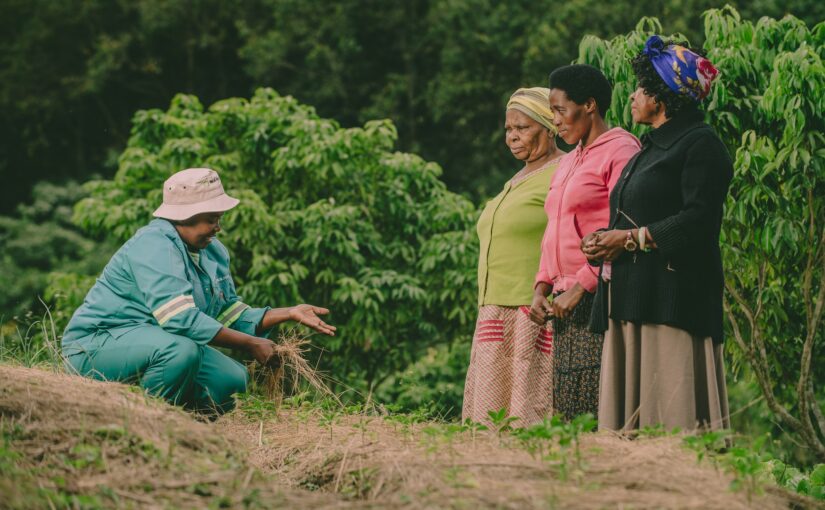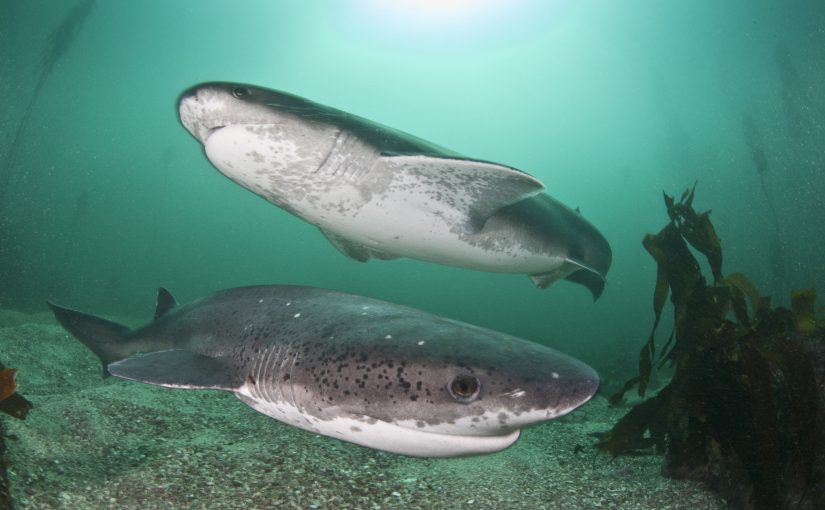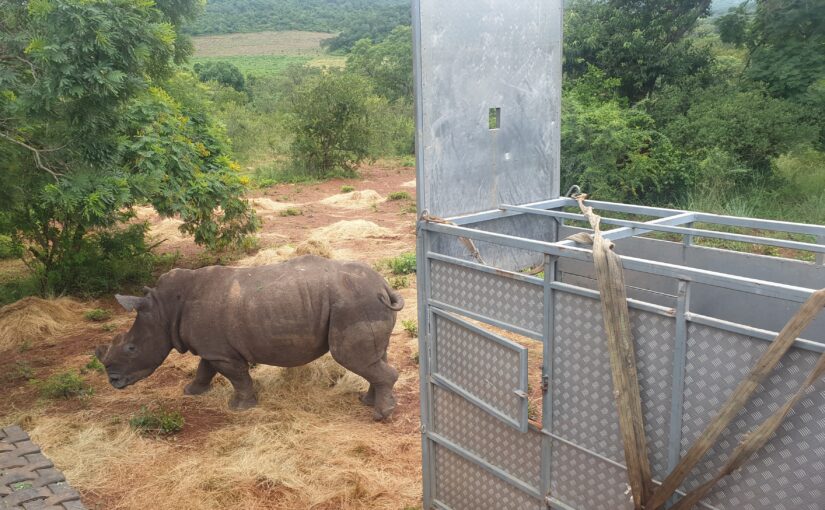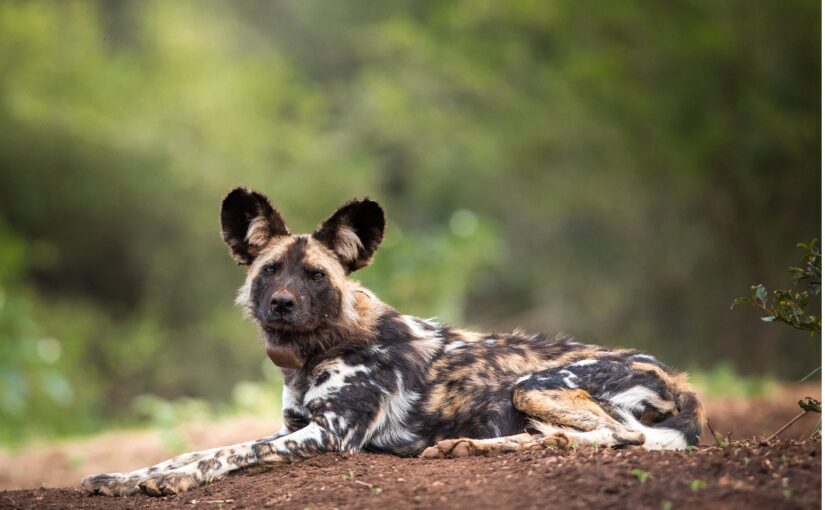African Youth Unifying for Ocean protection: African Youth Summit
Our Africa, Our Ocean, Our Future.
In the first-ever virtual event of its kind on the continent, a youth driven marine group called Youth4MPAs in partnership with WILDOCEANS, and supported by World Surf League PURE, The Pew Charitable Trusts and Oceans5 has launched an African Youth Summit focusing on unifying youth across Africa, engaging with global marine experts and amplifying their young voices to advocate for protection of its oceans.
Watch the official video launch here: https://www.youtube.com/watch?v=9omR2omE00Q
Established in 2018, Youth4MPAs has been instrumental in growing a voice of change for South African oceans and its protection. Marine Protected Areas (MPAs) are critical because they are able to defend the oceans capacity to produce oxygen, sequester carbon and provide food and livelihoods for billions of people. They are also important for the future because they can protect depleted, threatened, rare, and endangered species. In addition, MPAs generate economic benefits such as revenue from nature tourism and ecosystem services, making nature another economic sector in its own right.
South Africa has already protected 5,4% of its waters. The National Plan committed to protecting 10% by 2020 which has not been achieved yet, with hopes for this milestone in 2021. This will go a long way in contributing to the global ocean target of protecting 30% of our oceans by 2030 (30X30). Scientific research indicates that the effective protection of at least 30% of the global ocean is needed to reverse adverse impacts, preserve fish populations, increase resilience to climate change, and sustain long-term ocean health. Protecting at least 30% of the global ocean is the minimum to maintain a healthy and sustainably managed ocean and achieve socioeconomic goals.
The African Youth Summit, is set for 19-20 August 2021 and is primarily aimed at building ownership and stewardship by the youth (for the youth), of the global 30 x 30 initiative.
“We are deeply rooted in empowering and educating rural and urban youth communities, providing them with the necessary tools and voices to support and action blue solutions around Africa’s vast coastline” says AYS Co-ordinator, Kajal Lechman.
This Summit will provide a platform for inter-disciplinary and intergenerational interactions and engagements that will help build capacity to further engage in the 30 x 30 message, not only within our circles, but on international platforms, and with key decision makers. Leading marine scientists, Dr Jean Harris, Prof Moenieba Isaacs, Karen Sack, Dr Jennifer O’Leary, Prof Rashid Sumaila and Prof Mandy Lombard will be among the keynote speakers to join and provide vital insight and experience to the conversations during the event.
“The summit reinforces the importance of ensuring the active participation of youth leaders as we collectively work to conserve our blue planet,” said Masha Kalinina, senior officer for The Pew Charitable Trusts. “Today, more than 80 countries have joined the call to action to protect at least 30% of our global ocean by 2030. The support of individuals and networks of African Youth means that their voice can build on this momentum to secure a robust agreement for the high seas and to set targets to conserve our marine environment over the next decade.”
The Summit is particularly important in that it will build and expand new and already existing networks and relationships across Africa and remain a legacy for future generations of ocean advocates. It will also promote unity and patriotism among Africa’s youth that will greatly assist in the development of meaningful conversations with local communities, to build mutually beneficial relationships between marine ecosystems, Africa and her people.
Themes of the Summit will focus on the following:
- Deciphering the science behind 30X30 to help youth improve on their knowledge and facilitation of meaningful discussions.
- Reconnecting humans to nature by building stewardship and ownership of the global ocean conservation agenda.
- Creating a unified voice for African youth by building strong relationships and networks.
- Becoming ambassadors of change by connecting African youth to the ocean through education.
- Giving African youth a space to create a call to action for world leaders in preparation for upcoming events like COP15 and the IUCN Congress.
“As an active youth movement, with the vision of generating youth voices that educate and create awareness about ocean health, protection, and sustainability – we are inspired to forge an African network of young people that take charge in shaping the future of our oceans.” said Merrisa Naidoo, Youth4MPAs spokesperson.
WILDOCEANS Project Manager, Rachel Kramer, also added that: “Young people represent the largest population group on the African continent. The youth have the potential to become a formidable force if they are equipped with the tools to engage in the ocean conservation conversation. We believe that engaging youth fulfils their right to participation and ensures the continued survival of Africa’s magnificent marine biodiversity and the ecosystem services the ocean provides. This is the ocean they will ultimately inherit – we all need to do our part in better-protecting it.”
Join us in building an environmentally active and conscious youth movement across the African continent.
For Our Africa, Our Ocean, Our Future. Because We Are One Ocean!
Take the first step for Ocean Protection by joining us on the 19-20 August 2021.
Register here: https://africanyouthsummit.com/
Follow us on social media here:
- Official video: https://www.youtube.com/watch?v=9omR2omE00Q
- Facebook: https://www.facebook.com/AfricanYouthSummit/
- Instagram: https://www.instagram.com/africanyouthsummit/
- Twitter: https://twitter.com/AY_Summit

